The Article
6000A Integrated Amplifier From Audiolab
1st July 2019
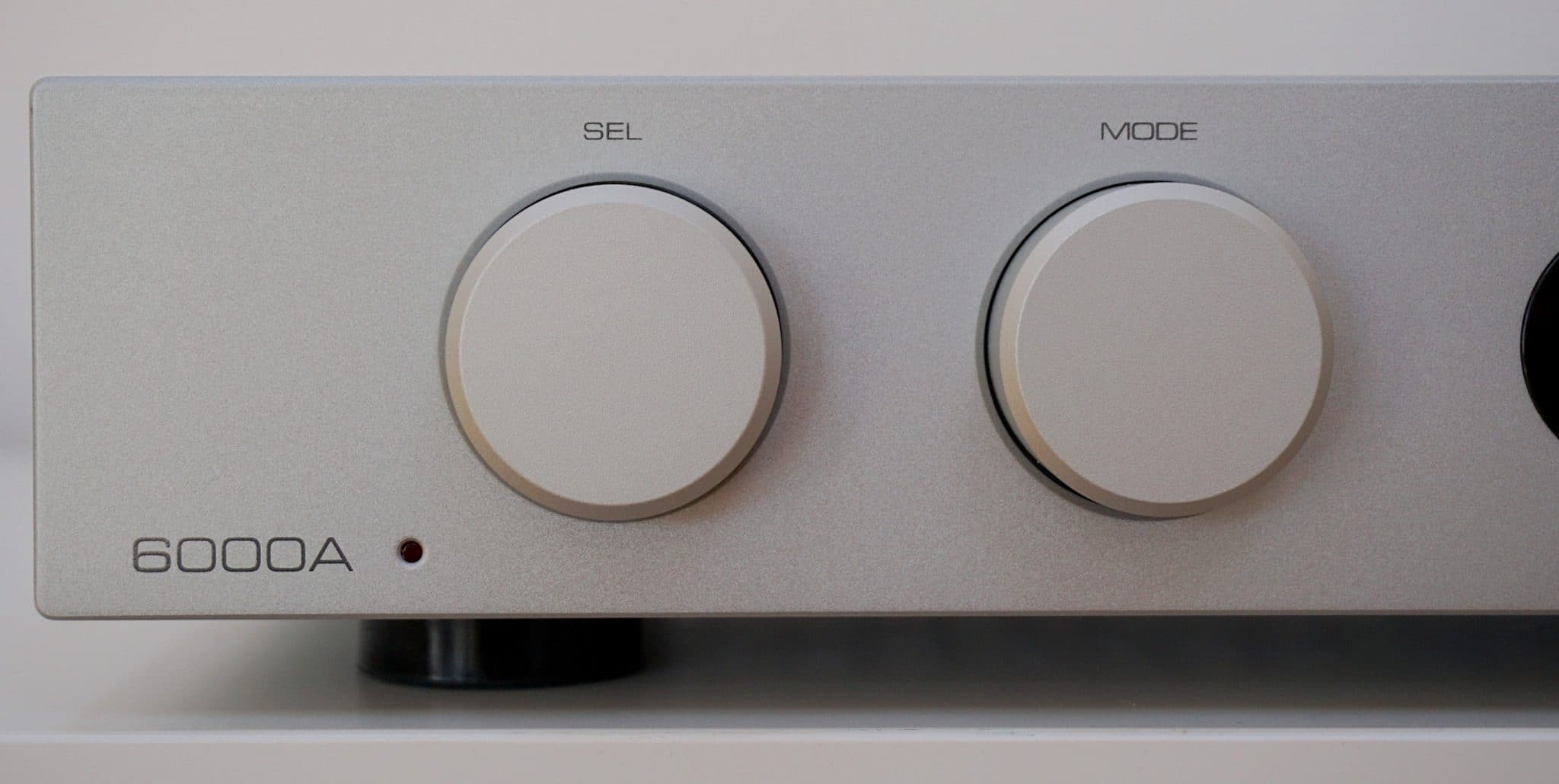
Adopting a traditional and solid form factor on the outside, Paul Rigby realises that the magic is occurring under the lid
The thing about the 6000A, when the aesthetics are considered, is that it looks like an integrated amplifier. Don’t dismiss that point. It’s actually critical to target sales. I say again, the 6000A looks like a traditional integrated amplifier. It looks safe. It looks steady and solid. It doesn’t try anything fancy. You would never accuse the chassis of ever emerging from an Italian design studio. There’s no chic fashion sense with this one. If you saw this box in the 80s, it would look rather racy, that’s for sure, but it wouldn’t look too out of place.
For some users, that is all they want. And that’s important. Weird and even slightly off-kilter designs can scare and make certain hi-fi fans feel uncomfortable. Even slightly conservative half-width amplifiers can be an issue for some.
The 6000A – at least on the outside – is the Mother’s Pride processed white loaf of amplifier design. You can see it for what it is at 30 paces. Again, I’m not damning this amp with faint praise when I say that. That’s not a bad thing. It’s a firm design choice.
Before I began the review of this box, I was comforted to know that the designer of the 6000A was also the same designer of the older 8300A. Jan Ertner took the basis of the latter to create the former which meant that hard won knowledge was now being refined and improved upon. There’s nothing worse than a single line of products that feature a host of designers who not only constantly reinvent the wheel but often make the same old mistakes over and over again (it’s happened many times in the past). Not here. So I already had a sense of confidence going into this one.
This is an amplifier but it features other components too. The ES9018 Sabre32 Reference DAC is one of those, featuring 32bit HyperStream architecture and Time Domain Jitter Eliminator. Again, this chip is not a foreign component. You’ll find it in the company’s M-DAC. Continuity again.
Connected to the DAC are the 6000A’s four digital inputs – two coaxial and two optical – which handle 24bit/192kHz. Tagged to these are user-selectable digital filters: Fast Roll-Off, Slow Roll-Off and Minimum Phase. I’ll say now that I normally hate these sort of things. Anything that takes me away from a pure, default, flat signal is an experience as near to abhorrent as I’m likely to find. That said, I’ll give them all a test in due course.
Streaming is also possible via Bluetooth (plus the now usual aptX codec).
A Class AB amplifier, that can also be used as a pre-amp and as a power amplifier too, the integrated mode of the design pumps out 50W per channel into 8 Ohms, the output stage of the discrete power amp circuits uses a CFB (Complementary Feedback) topology plus a meaty 200VA toroidal transformer followed by four 15000uF reservoir capacity (60000uF in total). The idea is to reduce the strain upon the amplifier and to maintain a sort of backup of power, ready to use.
Audiolab has included a phono stage for moving magnet phono cartridges – a JFET-based circuit with RIAA equalisation. A dedicated headphone amp with current-feedback circuitry is also included.
Spanning 445 x 65.5 x 300mm and weighing 7.8kg, the 6000A is available in a choice of silver or black.
SOUND QUALITY
I started with Mike Oldfield and his Platinum (Virgin) LP from 1979. I played Into the Wonderland, featuring vocals by Wendy Roberts. A sweet, beautifully melodic and slightly melancholic, low key ballad with a high-energy, rocking finish.
I suppose, if I were to describe the 6000A in one word, it would be confident. This amplifier is not shy, it doesn’t try to hide any aspect of its sound envelope. The 6000A will never die wondering. That is, the 6000A gives its all in the cause of making you happy.
The overall presentation from the Audiolab 6000A was balanced and balanced means you get to hear some bass. This is not always the case for mid-placed budget equipment. Bass is often sacrificed or at least trimmed to some extent. Even the best sub-£1,000 amplifiers out there love to trim bass. It’s a cost issue. That doesn’t happen with the 6000A.
The 6000A allows bass into the soundstage. That means that both the percussion and bass guitar were not only able to ground the music and stop it flapping in the wind but also offer a solid, rhythmic pace to the whole arrangement. That is, there was a sense of order here. The music flowed with an added, deeper groove. The structure was both solid and funky.
One of the persistent fears I have as a reviewer, from amplifiers designed at this price point, is frequency discipline. This is another reason that may sub-£1000 amplifiers are rather bass shy. Most of them can’t handle it. Too much of it, at any rate.
That is, there is a danger of allowing too much bass into the soundstage because it may create a warming feeling, leaking into the midrange and creating a sepia-like effect. Again, that never occurred with the 6000A. Frequency discipline was paramount so bass stayed put and never bloomed into the mids.
In fact, let’s pause for a moment here to dwell and emphasise this one feature. If I was going to pin one all-important factor for the success of the 6000A it would be tonal balance. In fact, you could ally tonal balance as being the killer feature of the 6000A. The headline. Tonal balance is the underlying strength of the 6000A. I really haven’t heard anything like it under £1,000.
The upper midrange was delightfully detailed and accurate although fragility and delicacy were not great priorities, I have to say. I never saw reverb tails of filigree lattice flowing from cymbal taps but this is a £599 amplifier we’re talking about here, not a £5,999 design. So no, don’t expect that but do expect to hear everything that a £599 amplifier can provide: complex and chaotic lead guitar with enough precision to make sense, wind instruments that feature a character and lightness of touch and a layered soundstage that revealed even shy instruments lurking at the rear of the mix.
Before I moved from vinyl, note that the built-in phono amplifier is a good one. An external model is better but the internal model will be fine for those of a budget. Buy an external model when you can, though.
I then turned to Bluetooth which I paired to my iPhone 8. Pairing is automatic. That is, you select Bluetooth as a source on the amplifier and the 6000A pops up on your Bluetooth screen on your phone. Painless and easy pairing. I played Marvin Gaye’s Mercy Mercy Me as a lossy file. Often, playing such a file in this way results in a bright and edgy play response but not here. The 6000A was able to calm any possible issues. So while the midrange was lacking insight, bass was hardly focused and treble was almost a non-entity, none of that was the 6000A’s fault. In fact, the 6000A made the best of a bad job, providing a perfectly listenable track without any nasty sonic responses. What I liked about the 6000A’s take on Bluetooth was the creation of a wide soundstage and, because lots of space was now on offer, the instrumental separation that also followed. Allowing each instrument within the mix to be presented on its own, adding to the complexity of the presentation.
Next up, I plugged in my Astell&Kern AK120 into the rear-mounted optical port and played Dire Straits’ So Far Away from their Brothers in Arms album. I liked the way the 6000A handled this 24bit/88.2kHz track because the track was mastered with excessive peak limiting creating a compressed sound. The low noise aspect of the 6000A, the balanced and controlling nature of the upper frequencies and the solid bass foundation allowed this track to be broadcast in a mature and stable fashion. To such an extent that the compressed element was no longer a real issue.
Playing the restful piano tinklings of Erik Satie at the same resolution was a relaxing and enjoyable experience. The potentially chaotic resonance of the piano was handled well by the 6000A in terms of control while the nuanced nature of the keys and pedals from the Satie piano was transcribed with both ease and insight to give the performance a sense of delicacy alongside that sense of authority.
I then took a quick listen at the range of DAC-related filters available within the unit. In the 6000A’s manual, the Phase filter is talked about as if the resultant sound resembled analogue but I had to disagree. The presentation emerged from cotton wool, sounding overly damped with a lack of precision and midrange insight.
The Slow filter reduced that effect dramatically while Fast was a default flat response. I hold my hands up here. I had to eat my words with these filters because my preference leaned towards the Slow filter which I actually found superior to Fast. The latter is supposed to be default and flat but I found Fast to be a touch edgy.
So, thumbs up to Audiolab. I never thought I would actually hear a usable filter on any piece of hi-fi equipment but, blow me down, Audiolab has created the very thing.
One important thing. Critical if you’re sound testing the 6000A and the DAC is significant to you. Make sure you properly review the amplifier with each and every filter. Cycle through each in turn and give each one time. Punching in any one of these filters will change the inherent character of the 6000A’s DAC. For example, if you talked to me about the 6000A having only listened to the Fast filter and I replied to you having only listened to the Slow filter, we’d effectively be talking about two different amps.
Hence, don’t judge the 6000A until you’ve heard all three filters. Listen to your Uncle Paul on this one.
Finally, I plugged in my reference headphones to listen to Satie via the internal headphone amplifier. While there may have been a limit on midrange extension, within the confines of the head amp’s performance envelope, the sound was admirable indeed offering plenty of refined detail on offer plus light and shade to add interest.
CONCLUSION
I listened to this amplifier for some time and realised that the basic presentation was supremely balanced in terms of how it delivered music to the ear. Some hi-fi components do one thing very well and if you’re looking at a budget component that can often be a fascinating experience because build budgets often preclude a generally good performance. The 6000A is one of those pieces of kit that does its best to do everything very well indeed.
Of course, it can’t. Not really. Money won’t let it. That doesn’t stop to trying, though.
In terms of ‘can’t’, what the 6000A doesn’t give you an extended dynamic reach. That high ceiling that higher-end amplifiers provide to allow the upper midrange to soar.
Now, some amplifiers in this price range will give you that. But then they will fall over very badly in other areas because too much emphasis has been placed upon that soaring thing for the build budget limits. So, for example, you may come across an amplifier that offers great midrange extension but the bass will be lacking. In other words, you go too far in one direction? You pay for it in another.
The 6000A doesn’t do that either. It never actually falls down. It never leaves you feeling, “Wow, it does this and this amazingly well but I wish it didn’t do that…” You won’t give that response to a 6000A listening session.
In short, the 6000A provides the perfect balance of performance to a build budget. It’s the perfect compromise. Every part of the sound envelope has been looked at and enhanced to the point when the money ran out. Then Audiolab stopped at that point.
Hence the 6000A squeezes every last penny of performance from your £599. If the designers had been told that the price was £649, they would have improved everything a bit more. For £699? Everything would have been improved a bit more still. You see? The 6000A is even handed, offers great sound and is one of the best value amplifiers on the market. If you want to hear how your money has been spent, buy a 6000A.
Bottom line? The Audiolab 6000A is better than you think.
AUDIOLAB 6000A INTEGRATED AMPLIFIER
Price £599
Website: www.audiolab.co.uk
TO BUY CLICK BELOW:
USA – https://amzn.to/383xoR3
EUROPE – https://amzn.to/3mMazW8
GOOD: confident bass, instrumental separation, upper midrange detail, balanced output
BAD: nothing
RATING: 9
[Don’t forget to check out my Facebook Group, The Audiophile Man: Hi-Fi & Music here: www.facebook.com/groups/theaudiophileman for exclusive postings, exclusive editorial and more!]
REFERENCE
Pro-Ject RPM3 Turntable
Tellurium Q & QED cabling
Blue Horizon Professional Rack System
Harmonic Resolution Systems Noise Reduction Components
All vinyl was cleaned using an Audio Desk’s Ultrasonic Pro Vinyl Cleaner


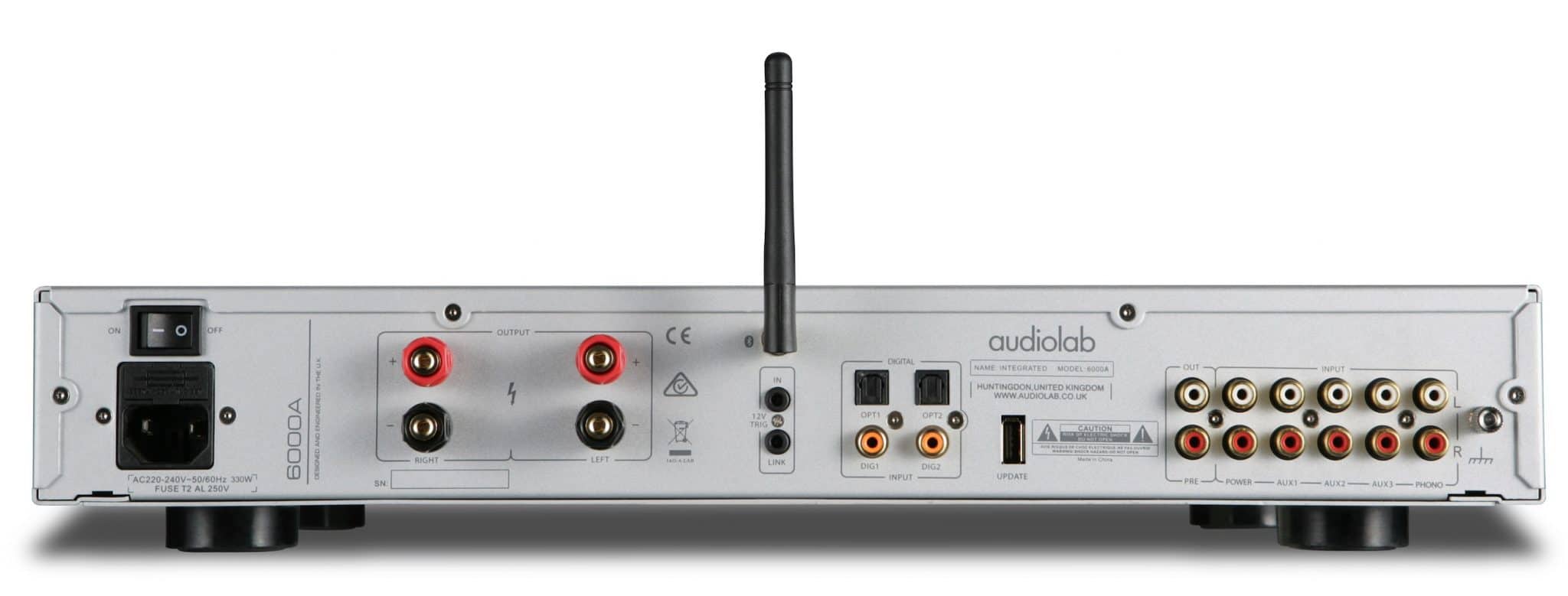
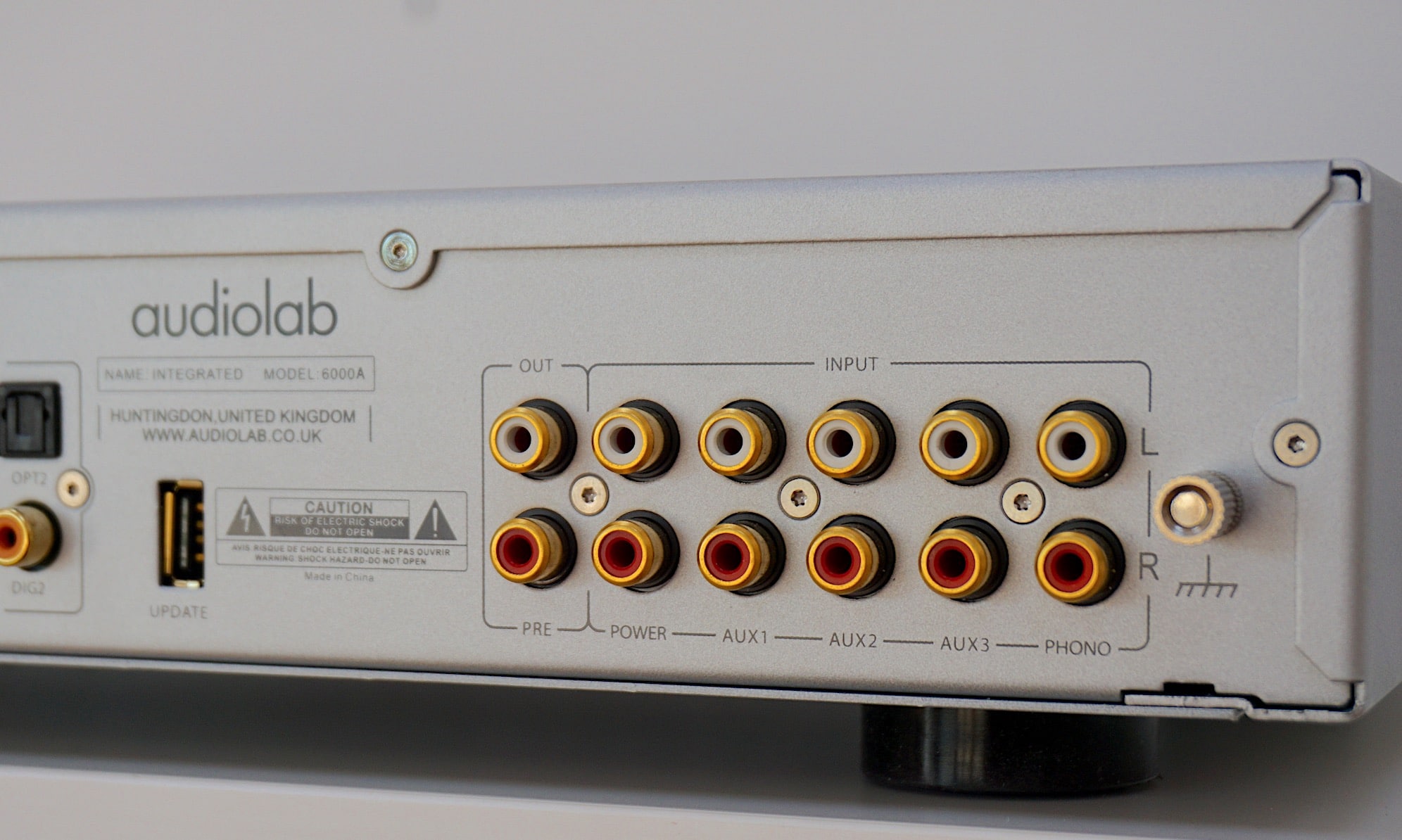
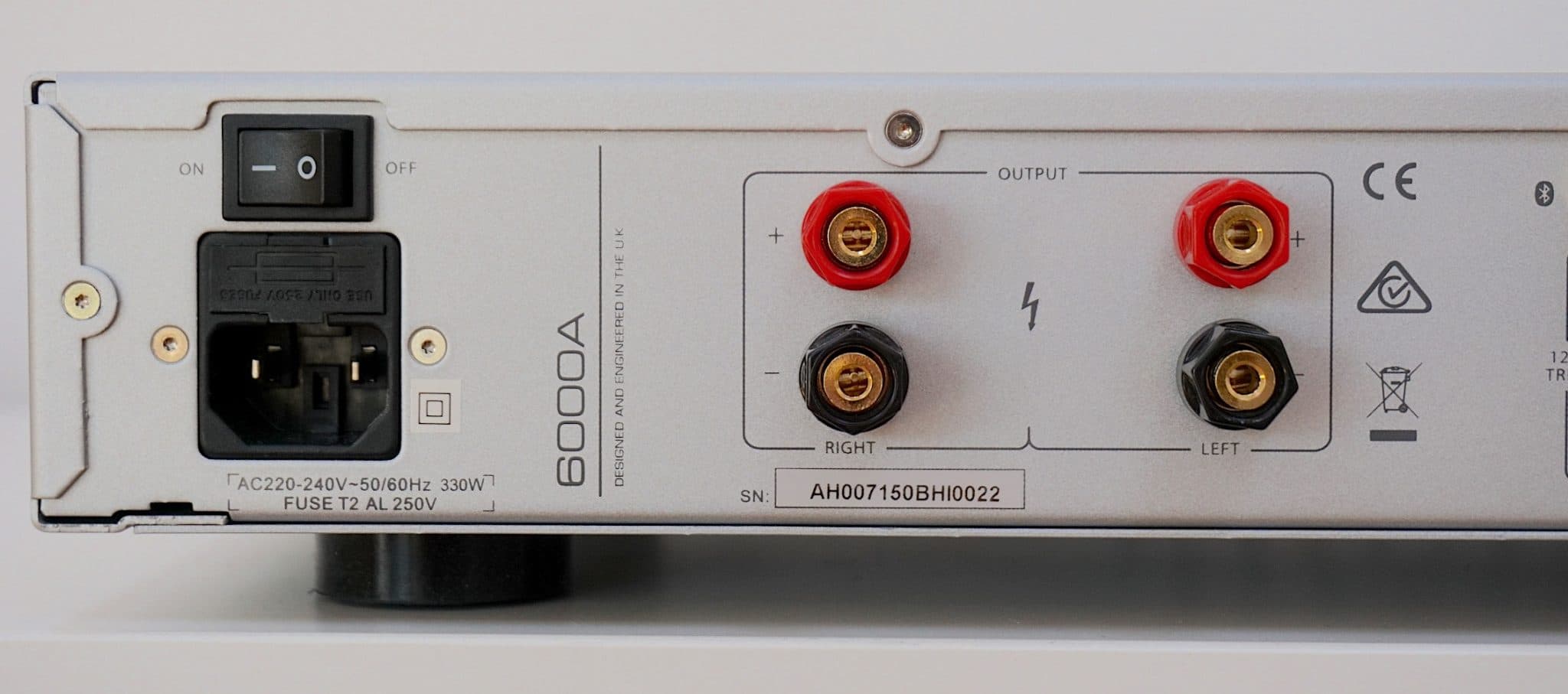
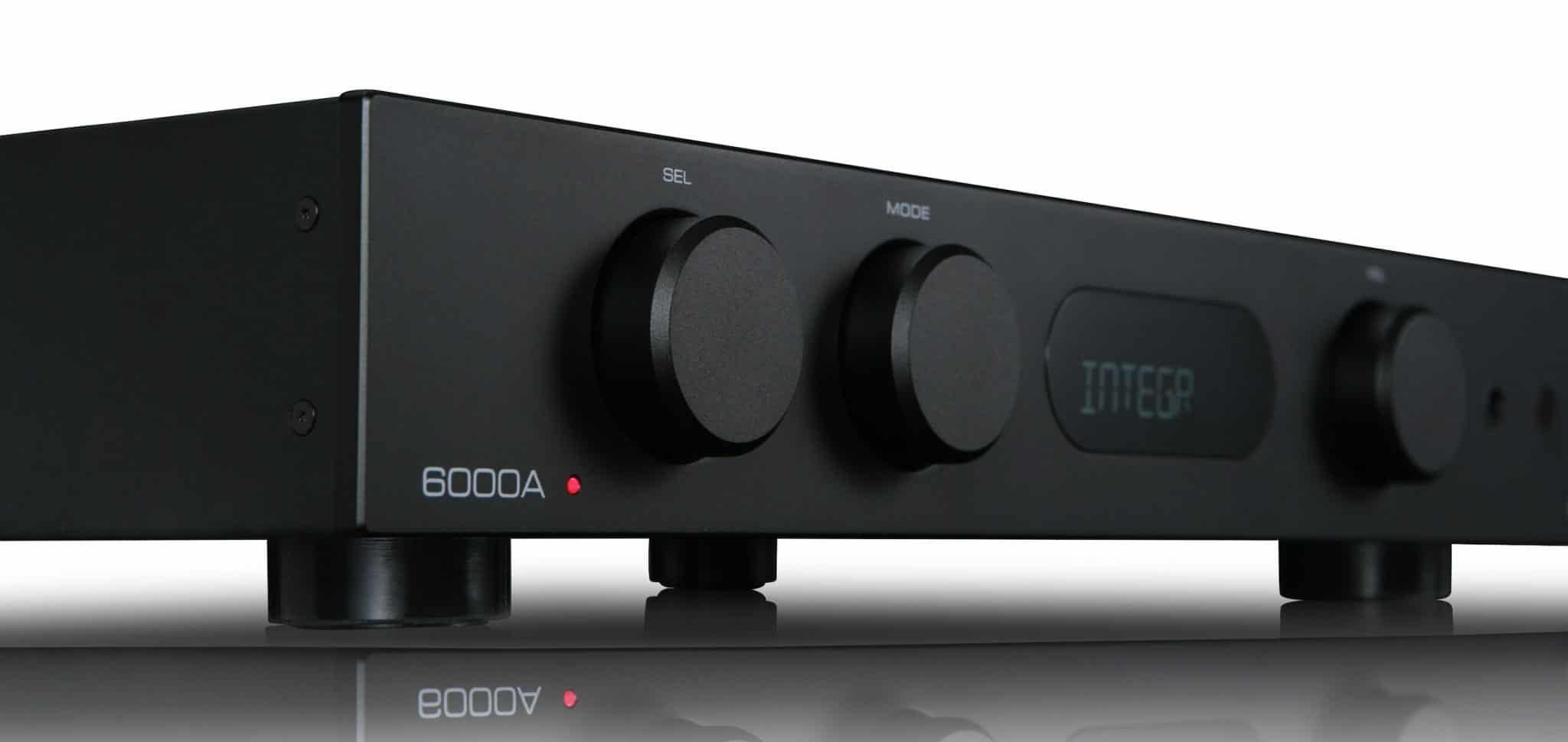
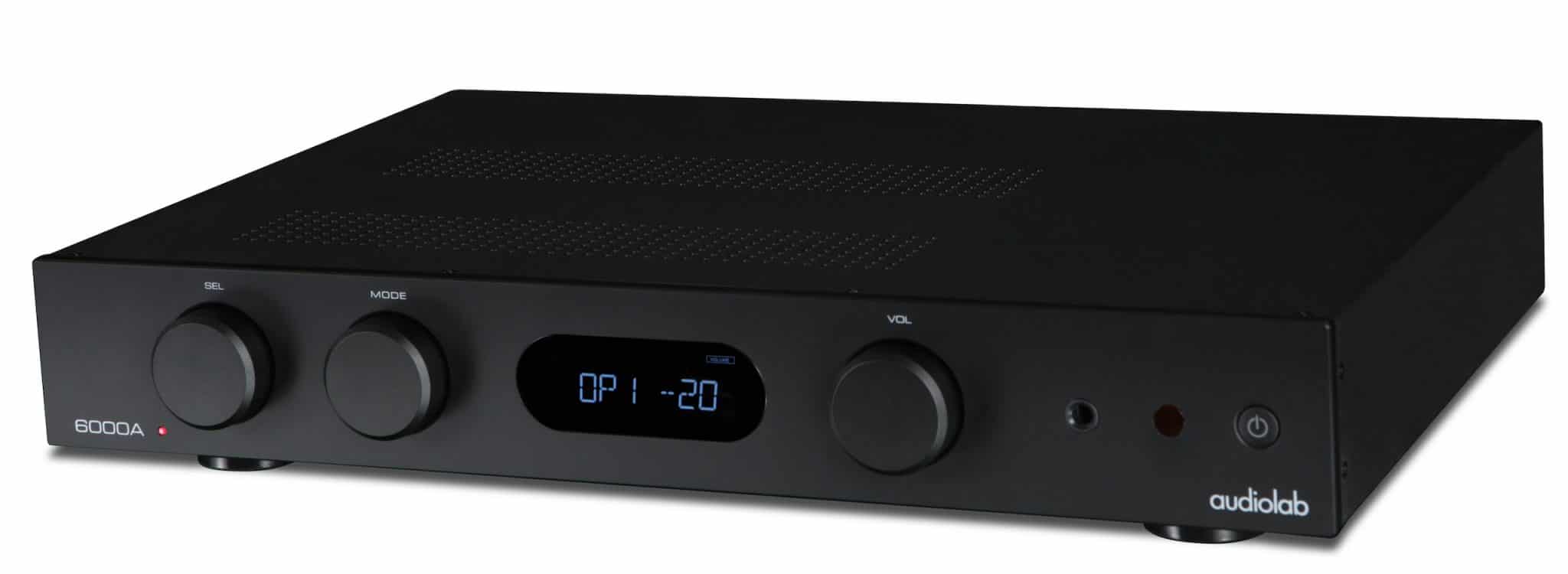
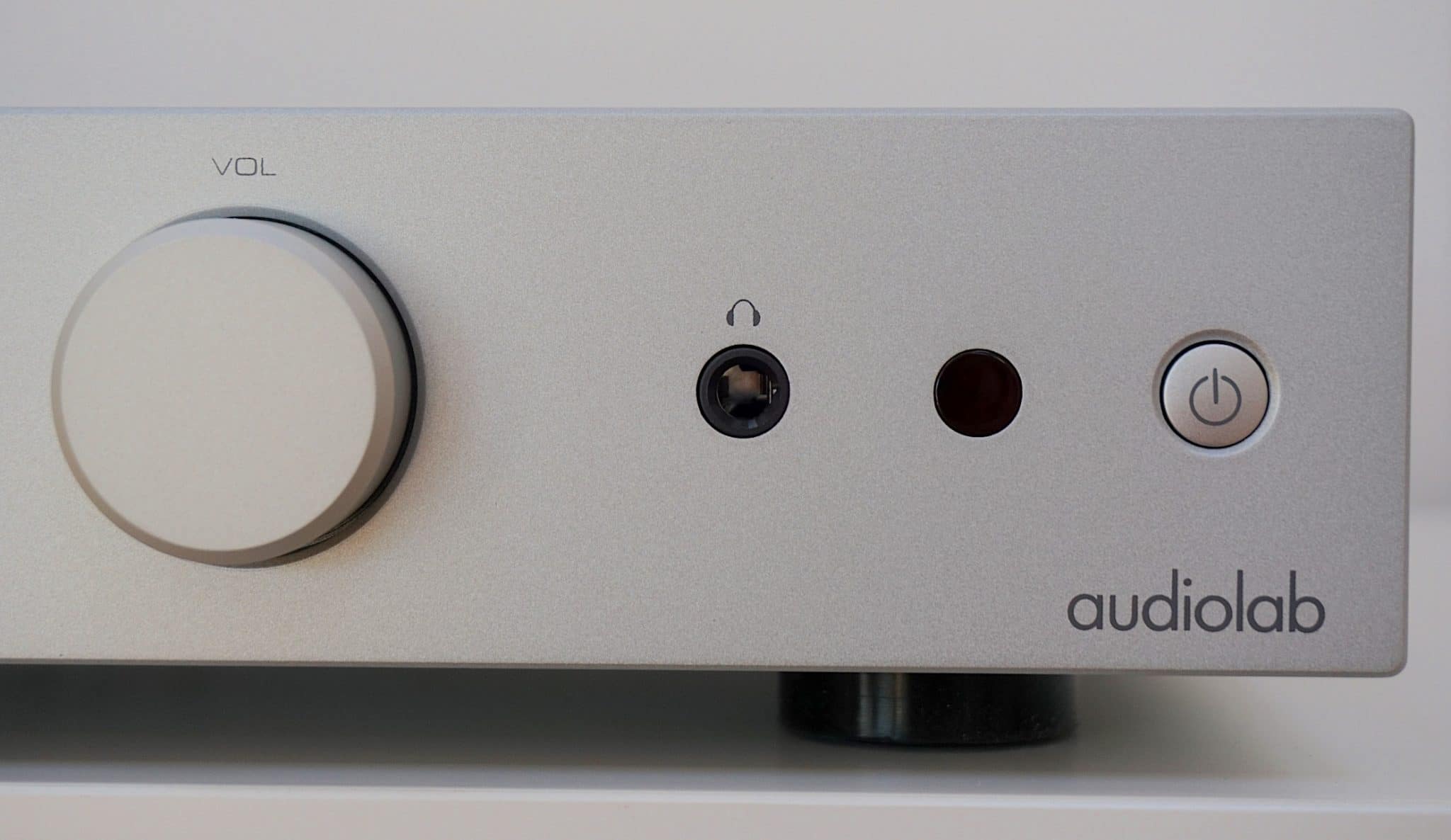
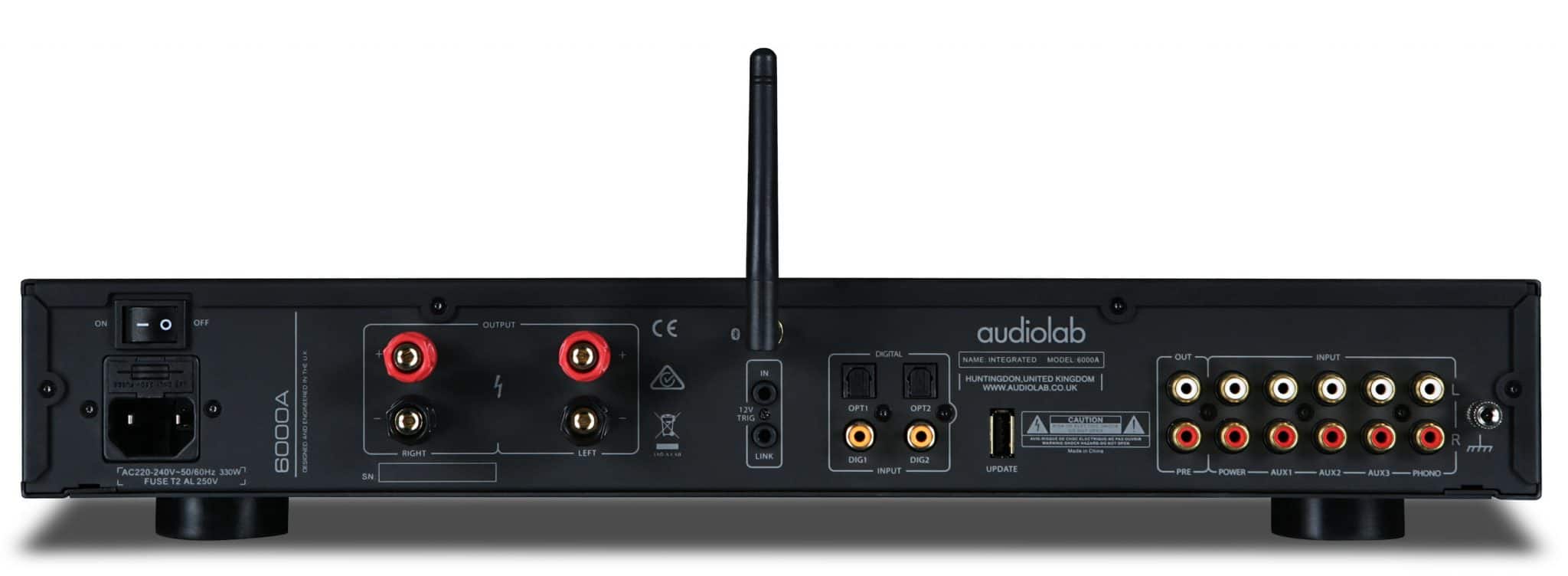

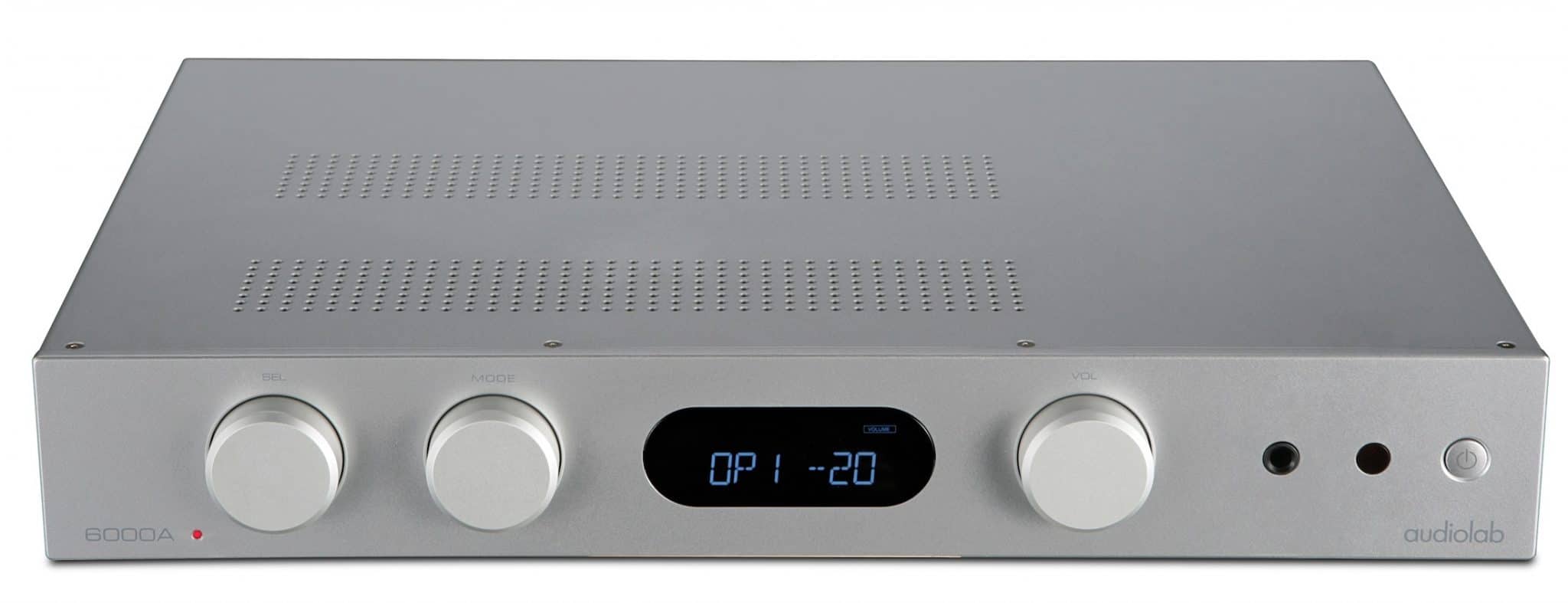
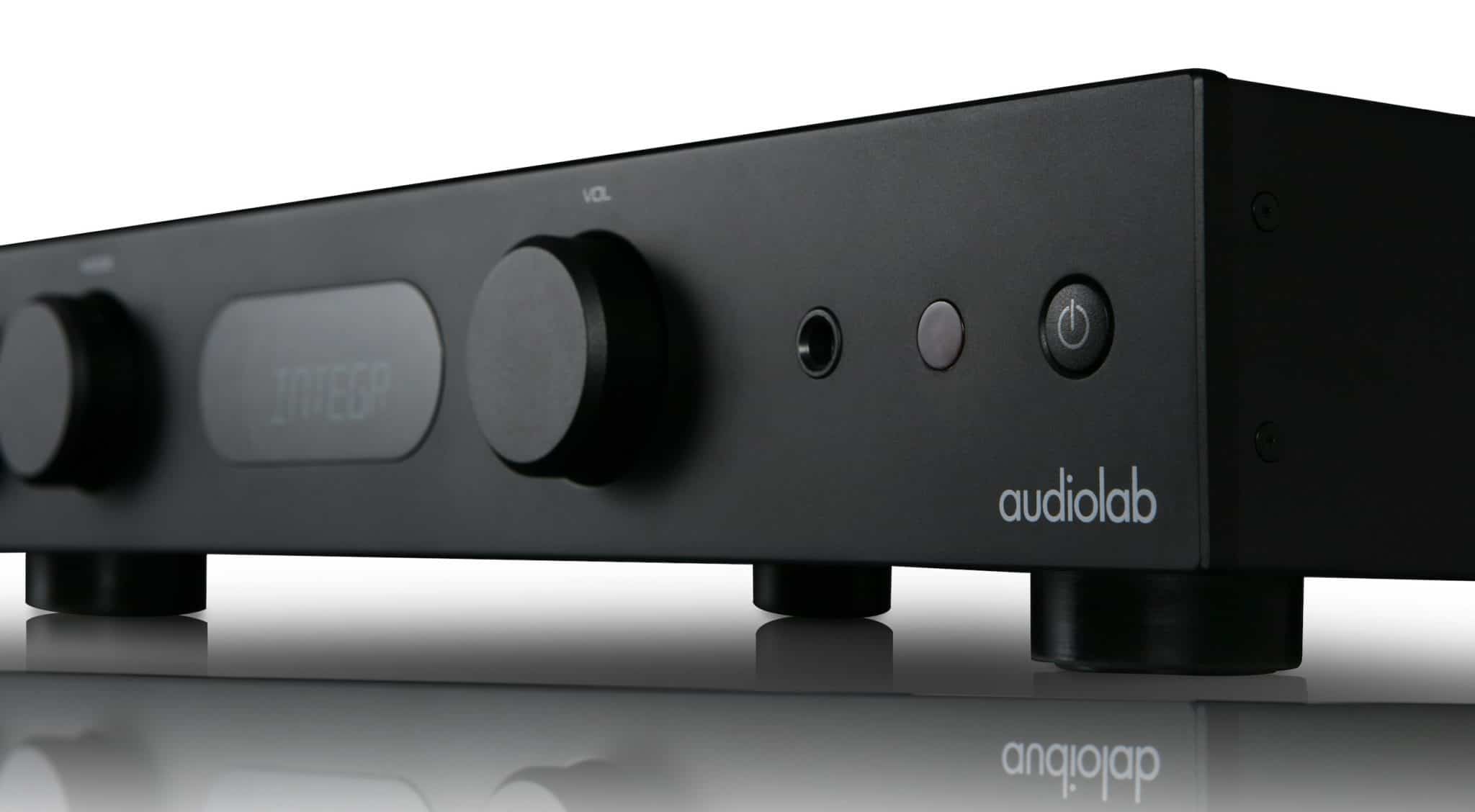
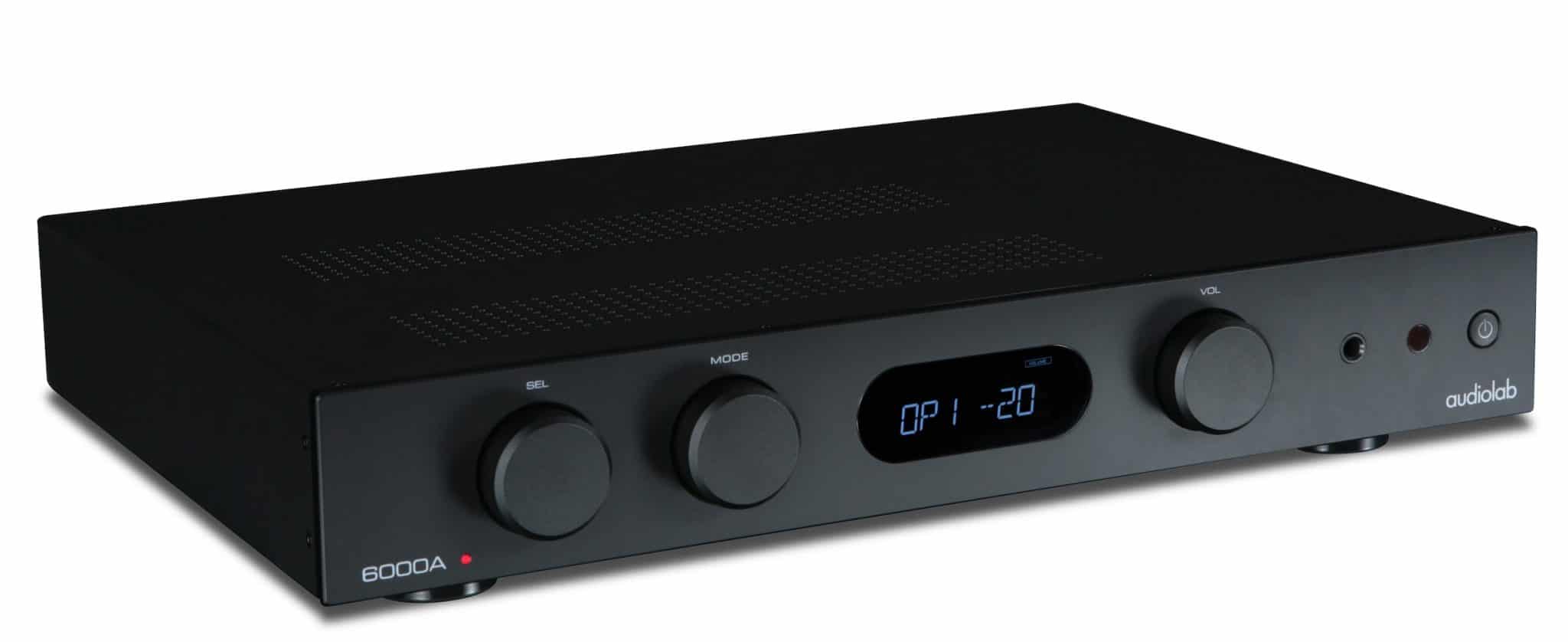



Hi!
Thank You for reply, as I read on forums the audiolab sound is precise but dry.. so not as fat in bass as other amps in category.
I not need extra linear-high end or audiophil sound because I listen all kind music not only hi-res or jazz, classical music.
Thanks, your posts are great!
Best regards
Peter from Hungary
Hi Peter – thanks for your kind words.
I wouldn’t call the 6000A dry, balanced and neutral but not dry. And I’d say it handles bass better than any other sub-¬£1,000 amp out there but there’s no bass emphasis as such. Well, the review explains it properly 🙂
Hi Paul – Enjoyed the 6000A review and posts. I am debating upgrading my int. amp first vs getting set up for music streaming. I am 64 and hard-wired/programmed to listen to albums one by one – hence vinyl and CD are current source material.
Setup: I listen to broad range from classical – folk – rock; but not at loud levels. My system: NAD 7220PE amp (mid-80s!); Project RPM 5.1 turntable w. Ortofon 2m bronze cart. through a Project Tube Box S; Yamaha CD-S300. Listening room is about 12 x 18 ft with speakers along the long axis. Speakers: 2 driver/2-way Paradigm Studio 20 V3 on stands (Canadian make – 90db sens; 15 – 150W amp range, though specs say 100W max; low freq ext 36Hz). Also have one B&W ASW10 subwoofer connected to NAD via 2nd set of speaker terminals (running as A B). B&W P7 headphones.
Have between $1000-$1500 CAD/600 – 900 pounds to allocate right now
1. Amp first: Audiolab 6000A is top on my list for a new amp, and thought it would also improve CD playback by connecting Yamaha S300 over digital. In the price range would you suggest any other amps with my existing room/gear? Don’t really need an internal phono amp section.
2. Streamer first: Have been looking at Audiolab 6000N and Blusound Node 2i. Again, any thoughts on these two for a neophyte with streamed music – or another suggestion? Wife has iphone, I have android phone, and ease of use over wifi/bluetooth for my wife is a consideration. Don’t currently have much downloaded digital music, but interested in building a NAS library and can run wired network cable to system location.
Ideally I would purchase both amp and streamer now (eg 6000A and N) but need to think about maximum increase in enjoyment from that first $1000-1500. Do I grill chicken or boil an egg?
Hi Peter, yep the 6000A would be ideal for you. It’s a real bargain and provides top notch sound and facilities. The 2i is excellent and you won’t be disappointed with that if you go for it. I’d lean a bit towards the 6000N in terms of midrange insight but that’s just me, your ears may say otherwise. The 6000N would fit nicely in aesthetic terms with the 6000A, though. Either are perfect choices.
FWIW, I auditioned a Marantz PM7000N against a Node 2i feeding a 6000A. I bought the PM7000N. It sounded quite a bit better to my ears, worked out slightly cheaper, and is a neat “all in one” solution. Purists might argue that it’s best to keep the digital bits away from the analogue bits, but Marantz have paid attention shielding and power supply design. So far the PM7000N has performed really well, and the HEOS Android app has been 100% reliable (yes, it might be lacking a few facilities compared to some other apps, but it gets the job done quite nicely and is easy to use). My music collection is ripped from CD to FLAC and plays back from a USB memory stick. I also have the music stored on a NAS drive. Obviously there are pros and cons in which way to go. If you choose the Marantz, you are putting all your eggs in their streaming basket. You could attach a new streamer to the amp in the future, but you’d feel that the internal streamer is going to waste. If you went for the Audiolab amp Node2i or 6000N, you could sell the old streamer if you ever upgrade. If you aren’t too fussed about online streaming, I can’t see any reason to upgrade anytime soon. Even if you are using online streaming services, I suspect the Marantz will be capable for many years to come. It might be worth you taking a look at the PM7000N, as it does seem to meet you requirements.
Thanks for you insight, Andy.
Hello!
Thank You but I not need network player, I had great cd collection so my primary source is the cd player.
I am an old fashioned hi-fi amateur, but maybe in the future I will change my mind üòâ
In the moment if I would like play hi-res music I could play from computer via usb on the pm7005.
Thank You, correct answer!
Best regards
Peter
Hi poster “Peter” in Hungary from “Peter Lawton” in Canada – seems we have similar interests and current thoughts (“old fashioned hi-fi amateurs”)
Paul thanks for your confirmation on the 6000A match with my general system – and yes combo with the 6000N would be an aesthetic match. ease of
Thanks also Andy for your suggestion of the Marantz PM7000N – that is one of the other considerations I also have.
I live in a rural part of Canada with very little opportunity to access in store demos, and in particular to be able to do pair-wise comparisons between products. That why I rely on reviewers like Paul. I found one online supplier of Audiolab so far (other than purchasing from Amazon). I am not too concerned about the “all in one” solution as I don’t think streaming will be a primary source for me – any funds saved would likely be put into purchasing more lps and cds of my favourite artists.
I will look into a few more online review of the Marantz, but thanks for your insight and comments on Heos ease of use.
Hi Peter!
The world is so small, my uncle and his whole family lives in Canada 🙂
The world opened to me from the last year, I got friends cause of hi-fi all around the world via internet, Youtube, Hifiengine, etc.
I hope You will find the perfect system, but for us “perfect” is not exist, amateurs allways looking for it.. sometimes system is good and we enjoy it, but then in time we change components,looking for something new..
Welcome to the club üòâ
Peter from Hungary
Hi Paul , Thank you for detailed review. Am looking for an Amplifier. Currently my speakers are Elac Debut B6.2 I have shortlisted Audiolab 6000A and Cambridge Audio CXA61. Which one will you suggest? Mostly listening to Blues , country songs, jazz.
I find the 6000A tonally more balanced. It can integrate bass into the mix more naturally, I find.
hi Paul , sorry for bothering you again , today i went to shop and they suggested ARCAM SA 10 and Creek Eco 50 over audiolab. Couldn’t hear audiolab since it wasn’t in stock. Whats your suggestion in this?
Hi NJP – both a decent products and work well but I’d still plump for the 6000A.
thank Paul !
Hi Paul. I ordered a package deal this weekend for the 6000A and Node 2i from an online supplier in Quebec. Price before tax was equivalent to 910 GBP. Individual costs were 733 GBP for the amp and 381 GBP for the streamer. As I intended to get an amp anyway (and that dealer was the only Canadian one I found for Audiolab), I could say I am getting the Node 2i for only 177 GBP over the amp cost. The 6000N streamer lists 468 GBP, but not offered as a package with the amp. Reading through your 6000A review and the subsequent comments over the past months was instrumental in the purchasing decision so thanks again.
Happy to help, Peter. Enjoy yourself!
Just got my 6000A and on unboxing was surprised to see the iec power socket on amp has only 2 pins (no ground) and the power cord (US) is not only 2 pin, but also non-polarized (can fit wall plate either way). So, the phono input itself has a ground nut, but that would just be to the amp itself and not through to house wiring as with 3 pin plug. Perhaps a naive question but this seems to be quite retro (40’s to 50’s wiring standards) or am I missing some basics on amp wiring?
Hi Peter – I’m not an electrician so anyone out there who is? Feel free to jump in. That said, I noted that IOTAVX had the same thing on its amps and I did ask them about that too. This is what they said to me and I assume Audiolab would reply in a similar fashion, “…the reason for not integrating the ground into the unit, is largely because we sell internationally and countries like Germany this would create a humming noise. Our gear complies fully to the international CE standards…” Let me ask Audiolab for their response to this, might be a little while until I get a reply so, if you can wait a bit…?
Yes – no problem to wait on Audiolab and thanks for contacting them. Lots to read up on about power cords in meantime 🙂
Hi Peter – this reply is from Jan Ertner, who led the 6000A design team:
“The Audiolab 6000A is a Class II Double Insulated product, which operates without the need for a mains earth connection. This is normal practice for lots of modern hi-fi products and allows for a uniform design approach enabling the manufacturer to sell the same product in different countries regardless of whether mains earth is present or not. It has no bearing on the audio quality and in many cases make it easier to avoid hum loops.”
Thanks Paul. Have seen references to double insulation – Class II protects against shock hazard. Also references to this type of equipment having a “floating ground”. So now curious about phono ground screw on the 6000A. Is it functional within a floating ground, or just there because people would expect one to be? Jan Ertner mentions the 6000A design should make it easier to avoid hum loops. No need to follow back up with them – I will try different ground wire connects when I set up (Project RPM 5.1 and a Tube Box S – had some noise issues with that pairing before). The TT and the phono box each have a ground screw of their own.